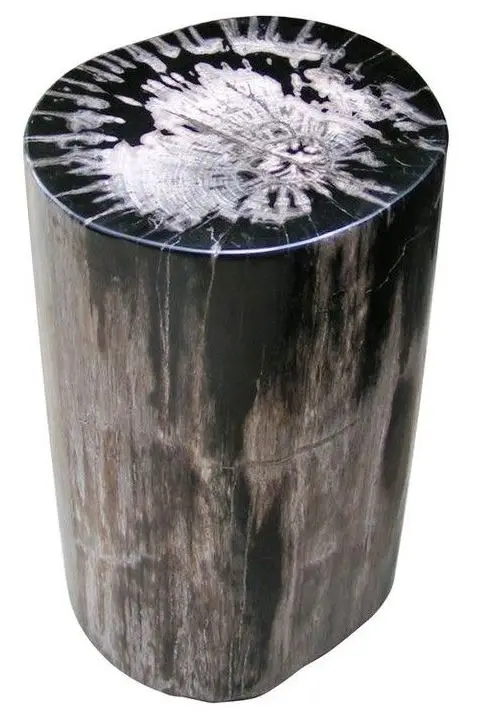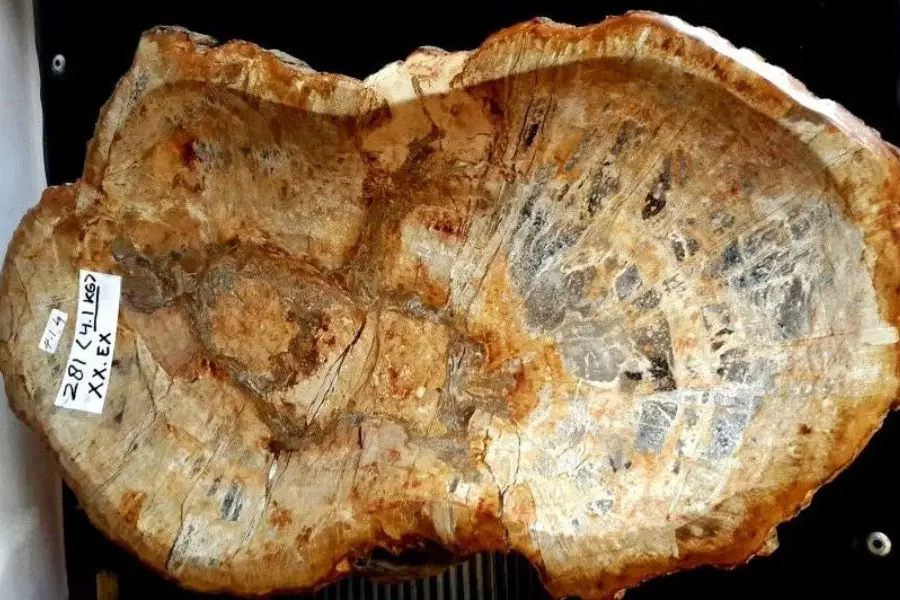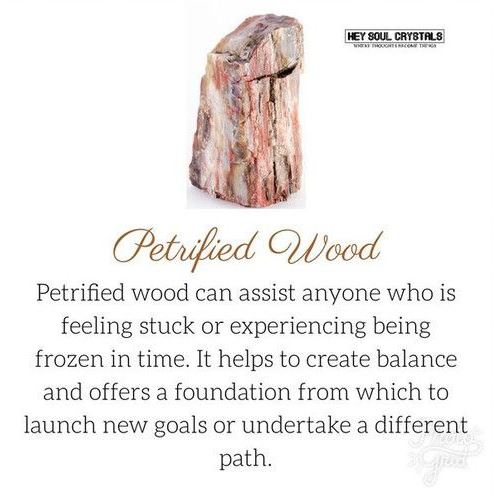Petrified wood is an incredibly interesting and fascinating form of fossilized wood. Formed when minerals replace pieces of wood, it can set over millions of years as a result of being submerged in water containing large amounts of dissolved silica.
It can be confusing sometimes to differentiate it from Driftwood since both are made, originally, out of wood. However, they are certainly different. But what is it used for?
Beyond being a fascinating natural phenomenon, petrified wood has a variety of practical uses. It is highly valued for its aesthetic beauty and durability, making it a popular material for home decor, construction, and crafting.
It is also an important tool for scientific research and education, providing insights into ancient ecosystems and geological history. And it has spiritual and metaphysical uses in crystal healing and meditation.
Let’s see its uses in more detail.
Decorative Purposes
Incorporating the timeless beauty of petrified wood into your home can create a stunning look. Due to its unique beauty and durability, petrified wood is a highly sought-after material for home decor. From tabletops and accent pieces to sculptures and wall art, petrified wood can add a touch of natural elegance to any room.
Tabletops
One of the most popular uses of petrified wood in home decor is as a tabletop. Petrified wood tabletops are made by cutting and polishing a slab of petrified wood, which can showcase the intricate grain patterns and colors of the original wood.
These can be used in a variety of settings, from rustic to modern, and can add a touch of organic warmth to any space. So why not add some natural-looking sophistication that’s sure to last?
Accent Pieces
Petrified wood is also used as accent pieces, such as bookends, vases, and coasters. These pieces can showcase the unique texture and coloration of petrified wood, adding interest and character to any surface.
Sculptures
Artists and designers can use petrified wood to create stunning and unique sculptures that highlight the natural beauty of the material. The organic and irregular shapes of petrified wood can also make for interesting wall art or statement pieces.
In addition to its unique aesthetic appeal, petrified wood is also highly durable and resistant to wear and tear, making it a practical choice for furniture and decor that will be used daily.
Educational and Scientific Purposes
Petrified wood is an important tool for scientific research and education, providing insights into ancient ecosystems and geological history.
In museums and geology classrooms, petrified wood specimens are often used to help teach students about the earth’s history. These specimens may include full logs, cross sections of tree trunks, or polished slabs, and can provide a tangible example of how petrification occurs and how ancient forests may have looked.

For scientists, petrified wood can provide valuable information about past environments and ecosystems. By analyzing the age, mineral content, and structure of petrified wood, scientists can reconstruct ancient environments and learn about the plants and animals that lived there.
For example, the presence of certain types of petrified wood in a particular area can indicate the presence of a certain species of tree or suggest the climate conditions that existed at that time.
It can also provide insights into geologic history. By studying the patterns of petrified wood deposits in different layers of rock, scientists can better understand the processes that shaped the earth’s surface over time. It can also help scientists date rocks and determine the ages of geological formations.
Spiritual and Metaphysical Purposes
Petrified wood has been used in spiritual and metaphysical practices for centuries, valued for its perceived grounding and stabilizing properties. Many people believe that petrified wood can help them connect with the natural world and find a sense of calm and stability.
Fengshui
In Feng Shui, petrified wood is believed to have powerful grounding and stabilizing properties that can help bring balance and harmony to a space. It is often used to promote feelings of calm and stability, and to protect against negative energy and influences.
It is also associated with the element of Earth, which is believed to enhance feelings of security, stability, and connectedness.
Crystal healing
Petrified wood is believed to be a powerful grounding stone, helping to anchor the wearer to the earth and promote a sense of stability and security. It is said to be particularly useful for those who struggle with anxiety or nervousness, as it can help to provide a sense of reassurance and safety.
Some practitioners also believe that it can help to strengthen the bones and muscles, as well as support the digestive and respiratory systems.
Meditation
It can also be used to help quiet the mind and connect with the earth’s energy. Holding or carrying a piece of petrified wood during meditation can help to promote feelings of peace, grounding, and security.
Some people also use petrified wood to help them connect with their ancestors or to gain insights into past lives.
Overall, it is valued for its perceived ability to promote stability, grounding, and a sense of connection to the natural world. While there is no scientific evidence to support these claims, many people find comfort and support in using petrified wood in their spiritual and metaphysical practices.
Industrial Purposes
Petrified wood has several industrial applications, from construction and building materials to crafts and jewelry-making.
Construction industry
Petrified wood is used for its durability and natural beauty. It can be used as a building material for flooring, countertops, and decorative tiles. Petrified wood tiles are highly sought after for their unique color variations and intricate patterns, which can add a natural and organic look to any building.
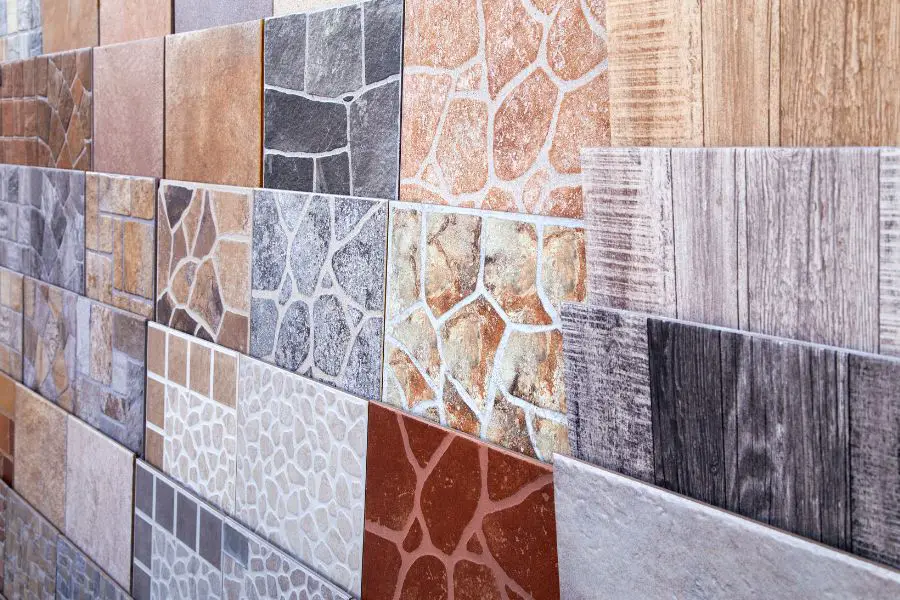
Additionally, its resistance to water and decay makes it a suitable material for outdoor construction, such as for decks or patios.
Jewelry-making and other crafts
Petrified wood can be polished and cut into various shapes and sizes for use in pendants, beads, and other decorative pieces. Its unique patterns and colors make it a popular material for creating one-of-a-kind jewelry pieces.
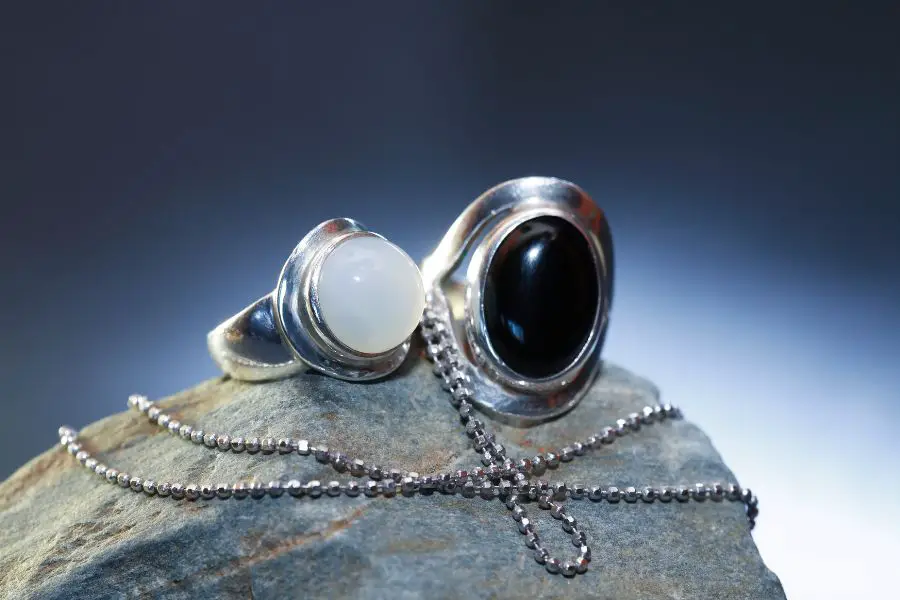
It is also used in crafting to make objects such as bookends, paperweights, and carved sculptures.
Petrified wood is also used in other industrial applications, such as for manufacturing tools, petrified wood charcoal, and fossil fuels.
How Rare is Petrified Wood?
Petrified wood is not necessarily rare, as it can be found in many parts of the world. However, the quality and size of the petrified wood can vary greatly, and some pieces can be considered rare due to their unique characteristics.
The rarity of petrified wood is largely determined by its location and the geological processes that formed it. For example, petrified wood from certain geological formations, such as the Chinle Formation in Arizona, is highly prized for its unique coloration and patterns.
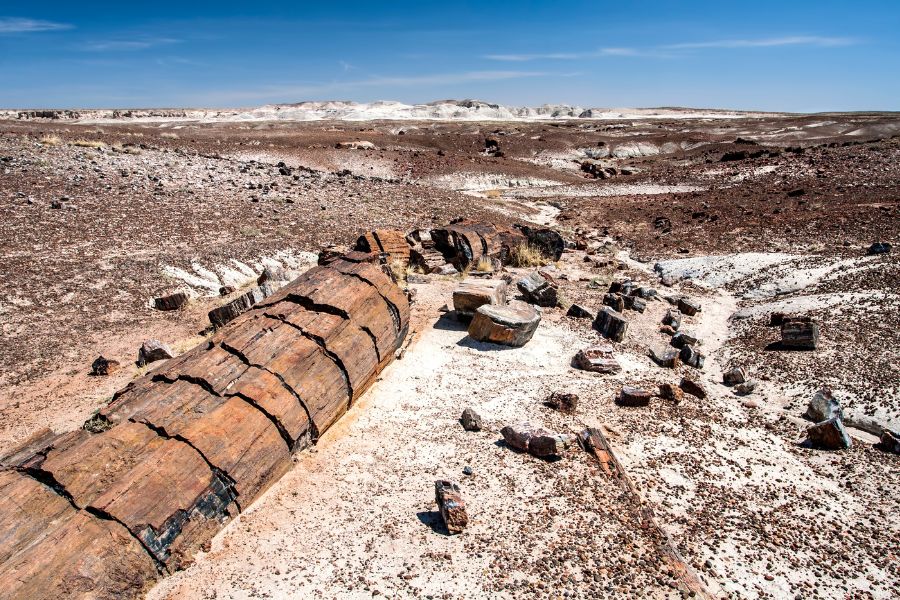
Additionally, the size of the petrified wood can also impact its rarity. Large pieces of petrified wood are relatively uncommon, and those that have been preserved in good condition and are of high quality are considered especially rare and valuable.
While petrified wood may not be as rare as we think in the sense of being difficult to find, high-quality pieces that are large, well-preserved, and possess unique characteristics can be quite rare and highly sought after by collectors and enthusiasts.
Is Petrified Wood Actually Stone?
Yes, petrified wood is considered a type of stone. This is because during the process of petrification, the organic material in the wood is replaced by minerals, which eventually harden and solidify to form a type of rock.
The petrification process typically involves the infiltration of mineral-rich water into the wood, which then gradually replaces the organic material with minerals such as silica, quartz, and calcite. Over time, the minerals harden and crystallize, forming a stone-like substance that retains the shape and structure of the original wood.
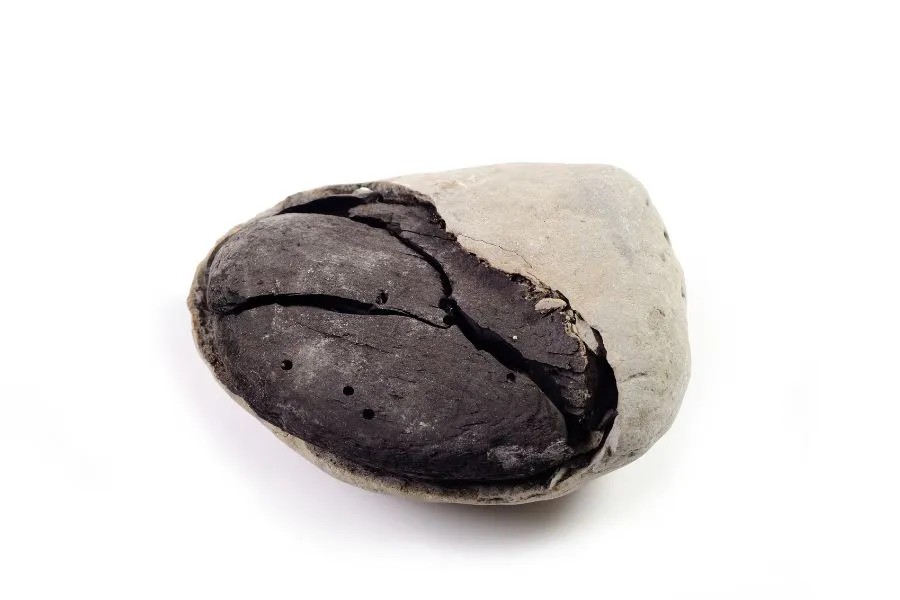
Although petrified wood is considered a type of stone, it still retains many of the characteristics and patterns of the original wood, such as the grain, knots, and even the bark in some cases. This is what makes petrified wood such a unique and fascinating natural phenomenon.
How To Preserve Petrified Wood?
Preserving and conserving petrified wood is essential for maintaining the geological record and preserving this unique natural resource for future generations. Petrified wood is an important record of ancient life and geological processes, providing insights into the history of the earth and the organisms that inhabited it.
In order to protect petrified wood, many national parks and forests have designated areas where visitors can view and appreciate the wood without damaging it. These areas often have strict regulations in place to prevent the removal of petrified wood and other natural resources.

Unfortunately, petrified wood is often illegally harvested and sold for commercial purposes, which can have negative effects on the environment and the geological record. Removing petrified wood from its natural setting can disrupt ecosystems and the natural balance of the environment. It also removes an important piece of the geological record, which can impact our understanding of ancient ecosystems and geological history.
It is important to educate the public on the importance of protecting these natural resources. By working together to protect petrified wood, we can ensure that future generations will be able to appreciate its beauty and learn from its geological significance.
How Do You Clean Petrified Wood?
Here are some general tips for cleaning and preserving petrified wood:
Dusting
Gently remove any loose dust or debris using a soft-bristled brush or a dry, clean cloth. Be careful not to apply too much pressure, as this can scratch or damage the surface of the stone.
Soaking
If the petrified wood is heavily soiled, it may be necessary to soak it in a solution of warm water and a mild, pH-neutral detergent. However, you should only do this if the petrified wood is not brittle, as soaking can cause it to weaken and break.
If you do choose to soak the petrified wood, be sure to rinse it thoroughly with clean water afterwards to remove any traces of detergent.
Drying
After cleaning, be sure to dry the petrified wood completely before storing or displaying it. You can do this by wiping it down with a dry cloth and leaving it in a well-ventilated area to air-dry.
Preserving
To help preserve the petrified wood and prevent it from deteriorating over time, you can apply a coat of a natural oil, such as linseed oil or tung oil. This will help to seal the surface of the stone and protect it from moisture and other environmental factors.
It’s important to note that petrified wood is a delicate and unique natural resource, and improper cleaning or preservation can damage or destroy it.
If you’re unsure about how to clean or preserve petrified wood, it’s best to consult a professional conservator or seek advice from a reputable museum or geological society.
In conclusion
Petrified wood has a variety of uses and is significant in different contexts. It’s important to approach its use with responsibility and sustainability in mind to prevent negative environmental impacts. By preserving and protecting this unique natural resource, we can ensure that it remains a source of inspiration and learning for generations to come.


